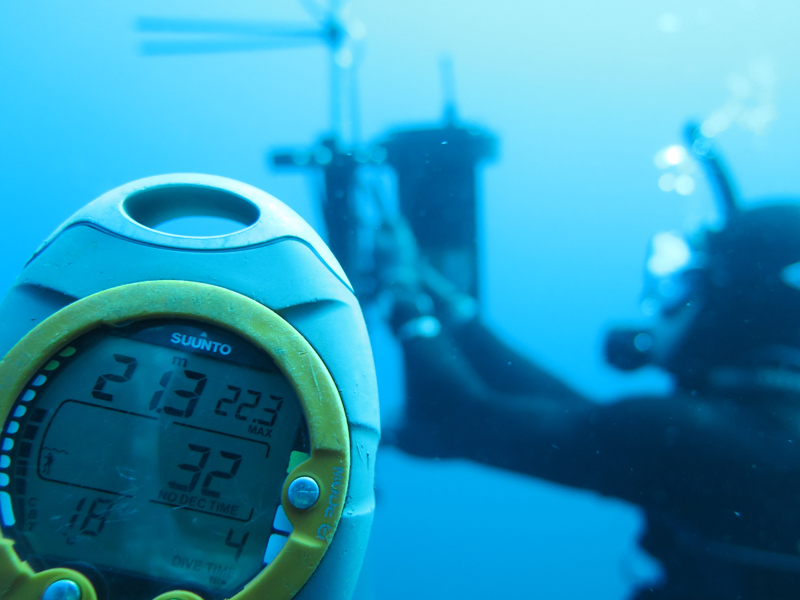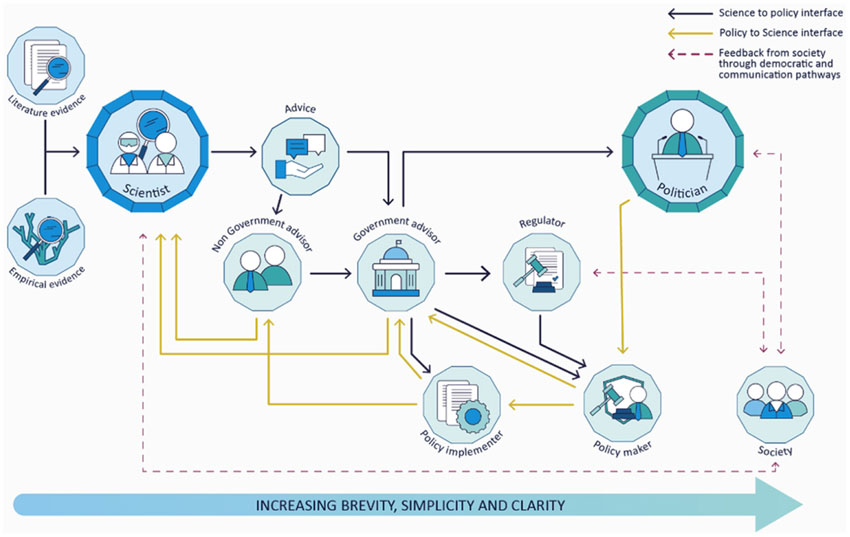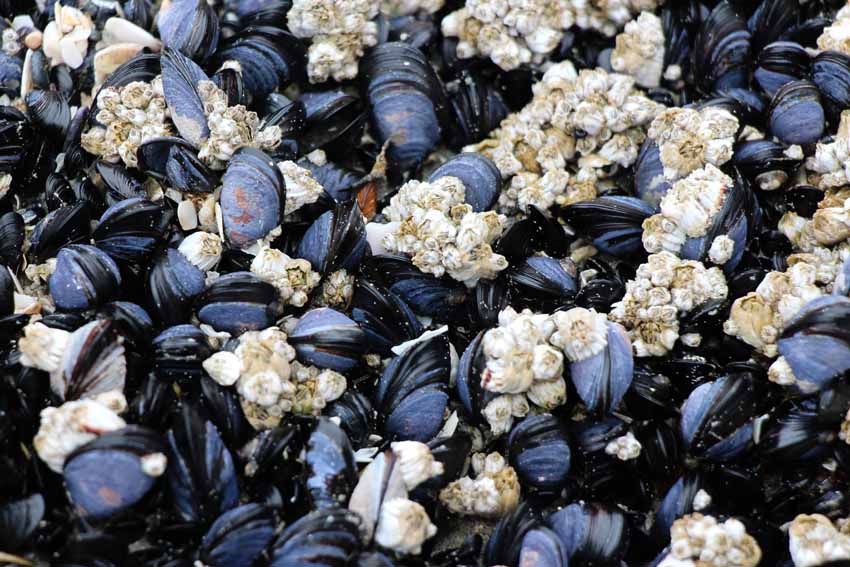Ocean Acidification in the Bay of Biscay: two decades of data confirm a rising trend
Últimas noticias
[EATrends] Nutrition4me: The Road to Precision Nutrition
Alternative Proteins: Opportunity, Innovation and the Future of the Food Industry
The Ocean’s DNA: Unlocking a More Efficient Way to Monitor the Diet of Great Whales
- A study led by AZTI has detected a sustained decrease in pH levels in the Bay of Biscay waters, confirming that climate change is also altering ocean chemistry along the Basque coast.
Sukarrieta, November 18, 2025. The sea that washes the Basque coast is changing quietly. An analysis including more than 21,700 measurements taken from 2002 to 2022 shows that seawater pH has been steadily declining — a clear sign of ocean acidification caused by rising carbon dioxide levels in the atmosphere.
According to the study, published in the journal Continental Shelf Research, pH is decreasing by between 0.022 and 0.041 units per decade in the ocean layers from the surface down to 100 metres deep. “If this trend continues at the same rate, it could have significant impacts on the health of marine ecosystems,” explains Ernesto Villarino, AZTI researcher and lead author of the study.
The research, led by AZTI, supported by the Naturklima Foundation as part of the Gipuzkoa Marine Climate Change Observatory, and carried out in collaboration with the Institute of Marine Sciences of Andalusia (ICMAN-CSIC), analyses the longest-running pH monitoring series on the Basque coast, with data maintained by the Basque Water Agency (URA). This long-term monitoring effort confirms that the Bay of Biscay is also experiencing the effects of global ocean acidification, highlighting the importance of continuing with mitigation and adaptation measures to address climate change.

Índice de contenidos
The sea absorbs CO₂ – but at a cost
Ocean water has an average pH of around 8.1 in its surface layers, meaning it is slightly basic (that is, above neutral on the pH scale of 7). However, in recent decades a steady decrease in this value has been observed, in a process known as ocean acidification.
This acidification is a direct consequence of the ocean absorbing carbon dioxide — a process that helps slow down global warming, but also alters the water’s chemical balance. In the Cantabrian Sea, this shift can affect species that depend on calcium carbonate to form vital structures, such as shells in the case of bivalves, or the calcified exoskeletons of cold-water corals and crustaceans. If the trend intensifies, it could also limit certain activities such as aquaculture.
The results further show that acidification rates in the Bay of Biscay are slightly higher than the global average, and tend to increase acrossdepth. The three coastal monitoring stations analysed show very similar values, suggesting a uniform pattern along the shoreline. These observations concern the research team, which warns on the need to strengthen monitoring and research efforts to better understand the local impacts of this global process.
If the current pace continues, severe effects are not expected in the coming decades. However, the combined effect of other climate change-related factors —includingrising seawater temperatures, oxygen loss, sea-level rise and extreme weather events —couldaccelerate impacts sooner than anticipated.
A key indicator of climate change
Monitoring pH levels is part of the essential ocean variables defined by the Global Ocean Observing System (GOOS). The findings of this study confirm that the Bay of Biscay is not exemptto global acidification, and reinforce the need to maintain long-term monitoring networks.
Researchers warn that only a sustained reduction in CO₂ emissions will be able to halt the advance of this process, which — together with ocean warming, oxygen depletion and rising sea levels — is disrupting the delicate balance of the Cantabrian Sea.
Reference:
- Villarino, E., Essel, D. A., Citores, L., Larreta, J., Lopez, A., Borja, A., Flecha, S., González, M., Cuesta, L., Orue-Echevarria, D., Esteban, X., & Chust, G. (2025). Long-term pH trends across depth in coastal areas of the southeastern Bay of Biscay. Continental Shelf Research, 293, 105532. https://doi.org/10.1016/j.csr.2025.105532







